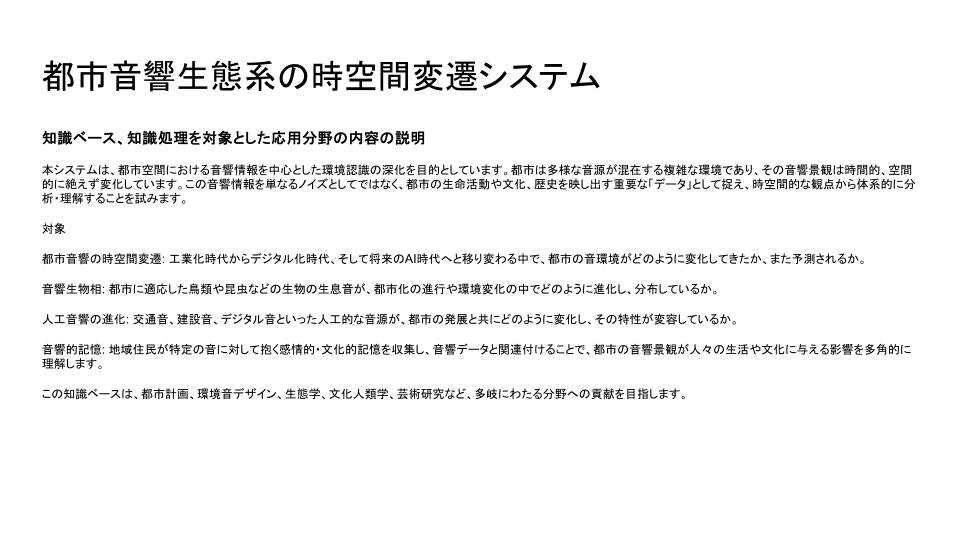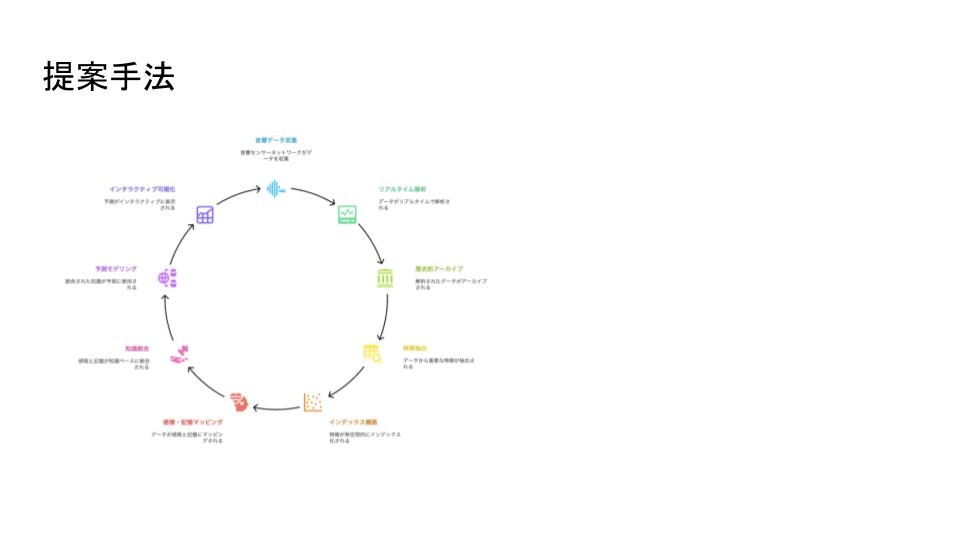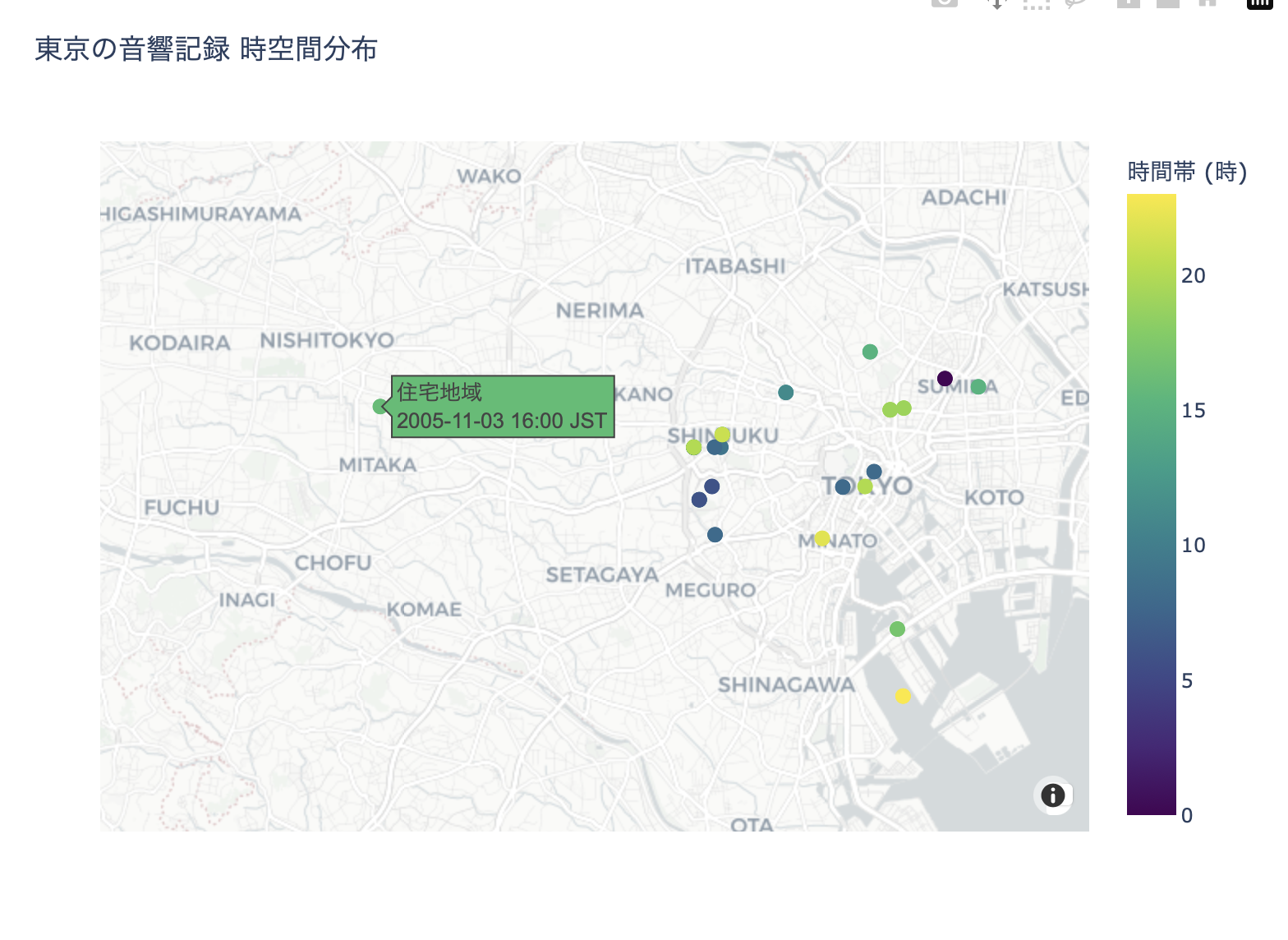I built a database to show how people feel about different city sounds in Tokyo, from 1960 to 2024.
The sound of a sweet potato seller’s call reminds me of my mother’s old home. It makes me feel warm and happy, like a childhood memory. On the other hand, the sound of rain in a forest makes me feel a bit uncomfortable, whereas sound of rain in Shibuya feels calm—even though the city is usually busy.
Just like we have color psychology and Plutchik’s wheel of emotions, I think there might also be a kind of common understanding of how certain sounds make people feel.
In my database, I included time, place, sound type, and media source. You can search by emotion to find related places, or search by location to find the emotions people feel there.
I also used Python to visualize the data. This helped me see how emotions connected to sounds change by season or time period. Even sounds that are similar—like man-made noises—can create very different feelings depending on the context.
Right now, this project is based only on my own experiences and feelings from the places I visited or videos I saw, so it’s more of a personal project or hobby.
But I think if we collect opinions from many people, or build a bigger database (for example, 200 data points per year for each Tokyo ward), it could be useful. It might help with public planning or improving the natural environment in cities.
「私は都市音響生態系の時空間変遷システムについて実装するため、東京を対象に1960年から2024年までの音環境への感情のデータベースを作成しました。
石焼き芋の音は、私の母の実家を思い出し、原風景のような幸せを与えてくれ、森林の中の雨はどことなく不安を与えるのに対して、渋谷の雨の音は、せわしない渋谷にどことなく落ち着きを与えるような気がします。
プルチックの感情の輪という感情といった、色彩心理学という学問があるように、音からもコモンセンスが割り出せるのではないかと思いました。
DBに時間、空間、音響、メディアを設定しました。感情から場所を問い合わせすることも、近い場所順に、感情を聞くこともできました。
また、pythonにおいて可視化を行うと、季節ごとや時代ごとへの変遷や、同じような「人口的な音」であっても様々な感情の変化が見られました。
今回は正直「私の動画を見た感想や実際に訪れた場所の印象」でしかないので、私の頭脳を表に起こしたに過ぎない状態で、趣味の範疇だと思われます。
ですが、たとえばこれはアンケートを取って様々な人の意見をそれぞれ作成して違いを見比べたり、23区内だけで各年200個データがあるようなデータベースであれば、行政、自然環境改善といった方向に使えそうと思いました。」









